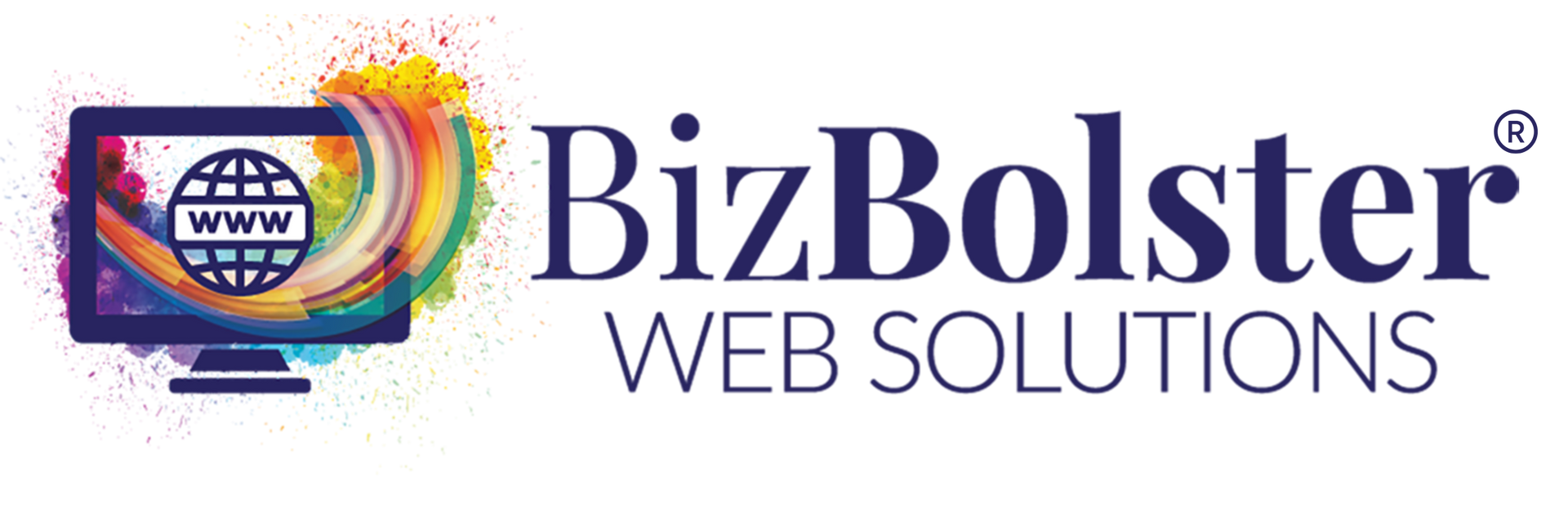Glossary of Website & Internet Terms
301 Redirect
Redirects are the functionality used when the URL for a page changes. We set up redirects to avoid broken links and to automatically forward from the old URL to the new. Permanent redirects are called 301 redirects. Temporary redirects include 302, 303, and 307 response codes. (Long-term use of temporary redirects is highly discouraged for strong SEO.)
Alt-Text
Alt-text, or Alternative text is the copy associated with an image on a website that helps search engines to know what your images are. Alt-text also aids in accessibility for a website because if offers information about the images used on a website to screen readers which assist visually impaired users.
Anchor Text
Anchor text is the clickable text you use on your website for a hyperlink. For instance, if you want to link to another page within your website, you might enter: Check out our About page to learn more about our founder, Lori. I this case, "Check out our About page" is the anchor text.
Broken Links or 404 Errors
Broken links are links on your website that go to unavailable pages, which has a negative impact on your site. Broken links are also referred to as 404 pages or 404 errors. All broken links should be removed or fixed from your website for improved SEO.
Color Codes (HEX, RGB, HSL)
These are all referring to color code systems used to name colors which are used in print and digital design. HEX stands for hexadecimal number. RBG stands for level of Red, Blue and Green. HSL stands for Hue, Saturation, and Lightness.
Crawling (as in crawling a website)
Web Crawling is the act by which a program that browses the World Wide Web in an automated manner. These programs are also called Web Spiders or Bots.
DNS Settings
Website DNS Configuration Settings are important for website owners, especially when you choose to change webs hosts because that will require changing the physical server the site is on. Keep in mind that if DNS settings are entered incorrectly, the entire site could be down for a period of time.
Domain Host
A Domain Host is an internet service that manages your domain name. These services can also connect your domain name with email. GoDaddy is a popular example.
Domain Name
The Domain Name is best related to a business name or a person's name. Domain names should be unique to your business and can be purchased from many different resources. Domain names can be purchased for yearly license or sometimes up to 3 years.
Domain Trust
Domain trust describes the trust "value" given to a website (domain) by search engines. The higher the number, the higher the trust value, which is critical for ranking in the top 10 results of a search.
Favicon or Social Icon
The icon in the search bar that represents your website and is displayed to the left of the website name. Without a favicon, it is much more difficult to distinguish your site from others in the browser bar. We recommend using your logo or a piece of your logo that is easy to see for the favicon.
GA4 (Google Analytics 4)
Google Analytics 4 (or GA4) is an analytics service used to measure and analyze Search traffic on your website. According to Google, "Google Analytics 4 is our next-generation measurement solution, and it's replacing Universal Analytics. On July 1, 2023, standard Universal Analytics properties will stop processing data".
Google Business Profile (formerly Google My Business)
Google Business Profile is a FREE local listing that is connected to Google Maps. Filling out your profile with current and accurate business information, and uploading images and posts to this listing regularly will help your business to improve its rank for local searches.
Google Search Console
Google Search Console is a free Google tool used to analyze your website's sitemap then provide tools and reports to evaluate your site's Search traffic and performance, fix issues, and improve how your site shows up in Google searches.
Google Workplace
Google Workspace is a collection of cloud software programs offered by Google. This includes a custom email for your business and collaborations tools like Calendar, chat, Google Drive, Docs, Sheets, and more. Plans and pricing varies.
Indexing (as in indexing a website)
When a web crawling program browses the World Wide Web it adds content to its index. How it adds your content to its index depends upon your website's keywords, metadata and other related signals which all tell search engines where to or whether to rank that content. It is like an old school library card catalog but not alphabetized. The cards are indexed according to perceived relevance to the searcher.
Internet Propagation
Internet Propagation is the process over time by which a website its updated or moved across the internet, from server to server, until it has been updated across the World Wide Web.
IP Address
An IP address is basically the address given to your computer(s) on the internet so it knows where to send the information or search results. IP stands for Internet Protocol and the rest is a number assigned by your internet service provider. When you are in different places it will change. Even rebooting your modem or router can change your assigned IP Address.
Landing Page
A Landing Page is the page that users arrive at when they click a link provided to them in emails, opt-ins, or search engine results.
Off-Page SEO
Off-Page SEO refers to optimization techniques that improve your ranking in search engine results pages but are often working on the larger picture of things. It encompasses brand exposure, trust and brand awareness, as well as building links between other relevant websites and your own. Social Media profiles create links and help improve brand awareness. One of our favorite Off-Page SEO tools is Google My Business.
On-Page SEO
On-Page SEO is a process that includes all the tasks needed to improve the functionality of your page in the eyes of the search engine. Some examples are image size, page loading speeds and those aspects of a website that directly involve the user or visitor to your website. What is also considered On-Page SEO is the behind the scenes aspects of a website like meta tags, headings, body content and URL structure.
Opt-In
An Opt-In is a tool used to gain information (often an email) from a user. A good example is a subscription sign up where the website owner gains the user's email address in return for a newsletter or some other freebie that is of value to the user.
SEO or Search Engine Optimization
SEO stands for the broad and involved concept that can be boiled down to the tasks and techniques involved in making (optimizing) your website in order for search engines (like Google and Bing) to be able to increase it's visibility when people search for the services, or products, or information you provide. This can be broken down further to On-Page Optimization and Off-Page Optimization. To learn about each of these, please see the terms in the Glossary.
Sitemap
A sitemap (or XML sitemap) is much like a table of contents of your website for search engines, but in XML code. Submitting a sitemap to Google Search Console when your site is new or has undergone changes can help Google to Index your website quicker than it would otherwise. Connecting Google Search Console to your website directly can also tell you how people find your website, what pages they see, and can help indicate indexing issues and help you to troubleshoot.
URL
a URL, or Uniform Resource Locator, is a web address, formally defined as the absolute address of a web page on the internet. It consists of the protocol (https), www, the domain name (usually associated with the business name), the domain extension (.com) and sometimes a subdomain. For example: https://www.bizbolster.com/blog where the blog is the subdomain.
Website Hosting
Website Hosting is a service provided that allows a business or organization to post a website to the internet. There are platforms that have hosting built-in, such as Duda, SquareSpace, Wix, and Kajabi. Other platforms, such as WordPress, require separate hosting services.


